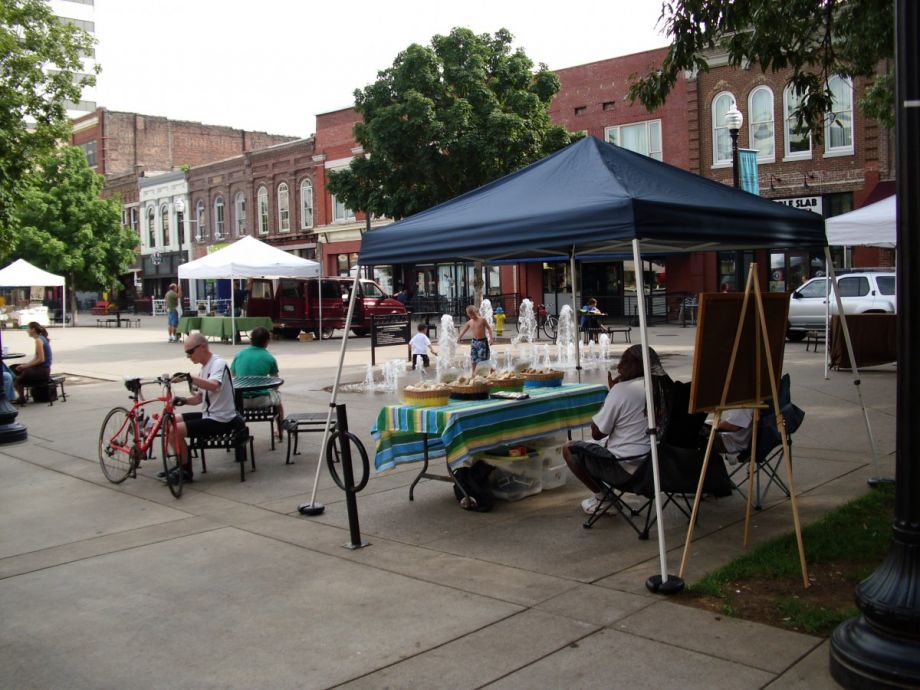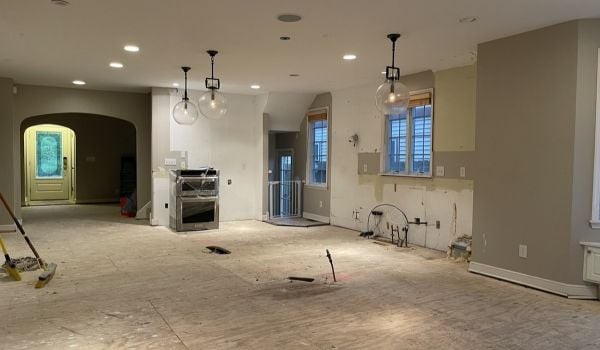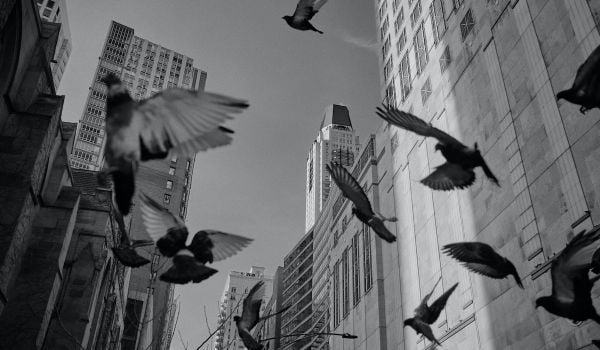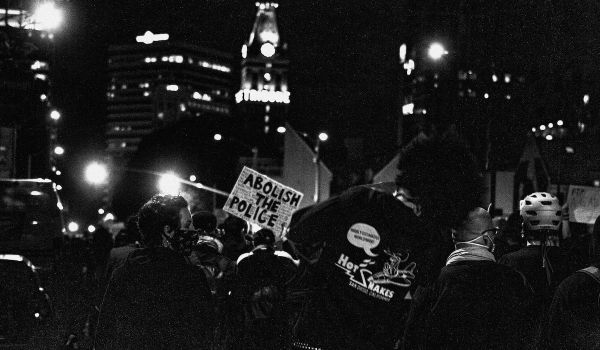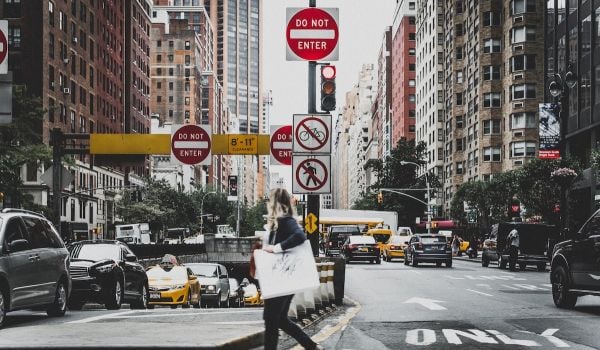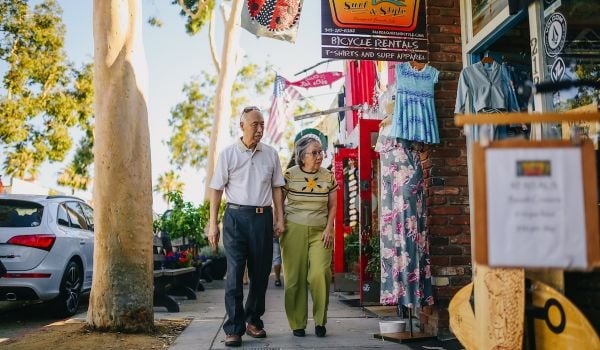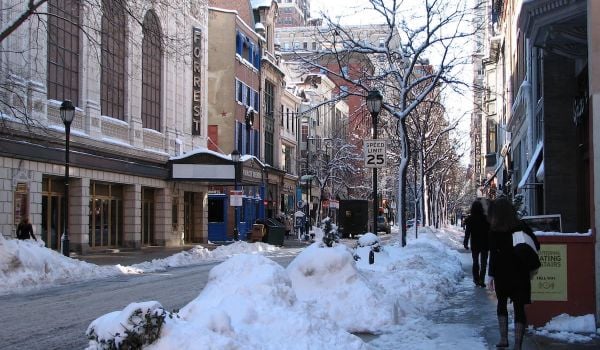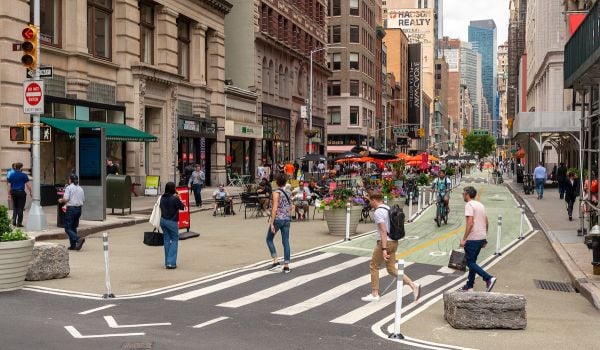Over the next few weeks, the Grassroutes Column will visit a number of southern cities and cover their regeneration in a series called “New Directions for the Old South.” I’ve already discussed Raleigh’s transformation of its Fayetteville Street Mall in a two-part series.
Raleigh renovated its downtown main street four years ago, morphing it from a pedestrian mall into a more traditional street, and the results have clearly been positive: Business has increased substantially along the corridor and citizens of the city have come to see it as a great central-city civic space. The success of the project, in fact, indicates that other cities with struggling downtowns centered around pedestrian-only streets could see significant benefits by bringing cars back in.
Yet Knoxville, Tennessee, just on the other side of the Great Smoky Mountains from North Carolina, points to a different conclusion: Pedestrian-only spaces, if they’re designed well, can do just as good of a job serving as a communal gathering place.
Knoxville’s Market Square was conceived in the 1850s as a two-acre magnet for both the city’s then-3,000 inhabitants as well as the farmers living in the surrounding countryside. According to Jack Neely’s book Market Square: A History of the Most Democratic Place on Earth (2009), “In its density and diversity and round-the-clock liveliness, it was often the most urban spot in East Tennessee.” The wide range of goods offered in the market house and the chance to get together with people from across the region in the adjacent open square made it an appealing place.
Yet by the middle of the 20th century, things had changed; the square was “An exceptional concentration of blight, a sort of urban pustule,” writes Neely. The market house was underused now that farmers were able to sell to supermarkets in the growing suburbs. Plans were made for the construction of a parking garage on the site of the square, but city leaders eventually decided to renovate the area into a park and outdoor “mall” instead, hoping this would be enough to regenerate it.
Having visited the square recently, I can attest to the success Knoxville has had in rejuvenating the space for modern needs. Though Market Square is not in itself particularly remarkable, it is an active environment. On Friday night, it was packed with people sitting at the outdoor cafes ringing the central area, where a grassy lawn and a performance stage enliven things. Many people of a whole variety of ages were hanging out, some playing music on their guitars, others just enjoying the warm summer night.
On Saturday morning, the square hosted a farmer’s market. Children played in the fountains and others simply walked around. It was a testament to the idea that an attractive public space is enough to activate a whole center city, even without cars.
Knoxville has not accomplished the extraordinary with its square, but the sad truth is that most cities of its size lack similar places in which people can congregate outside of the local shopping center. So it’s worth asking why this Tennessee city was able to prevent the downfall of its downtown mall whereas other cities like Raleigh felt obligated to replace their pedestrian-only zones with regular streets.
The answer may come down to the specific design details of Market Square. Unlike some downtown malls, Knoxville’s center is more like an open plaza than anything else: You can see easily from one side to the other (and also from the nearby streets) because there has been a serious attempt to keep the area free of clutter and therefore eliminate any perception of crime. But it’s not so big as to feel empty when no one’s in it.
In addition, Knoxville benefited from the opening of the Tomato Head restaurant in 1990. The commitment of that cafe’s owners to hosting an outdoor cafe there inspired other businesses to come downtown and establish similar outposts. This kind of private initiative is vital to the success of every central city, but it was only possible after the public sector had committed to renovating the area.
When compared, the Raleigh and Knoxville models point in alternative directions: The first suggests that the best way to spruce up a downtown is to bring cars in, the other argues that keeping them out works fine. And we all know of plenty of urban pedestrian malls and streets that are failed spaces. The truth is that neither city’s example is wrong; both are examples of how good design can make urban environments work well.

Yonah Freemark is a senior research associate in the Metropolitan Housing and Communities Policy Center at the Urban Institute, where he is the research director of the Land Use Lab at Urban. His research focuses on the intersection of land use, affordable housing, transportation, and governance.

